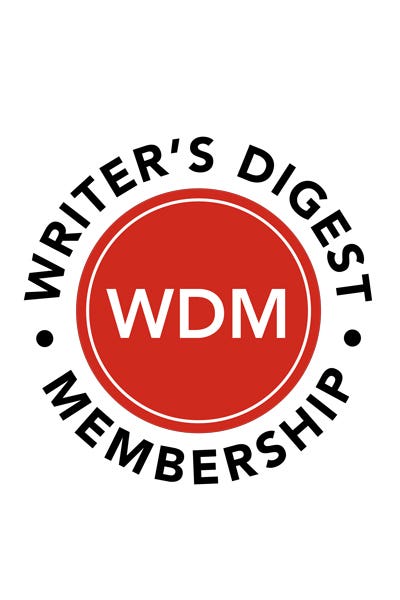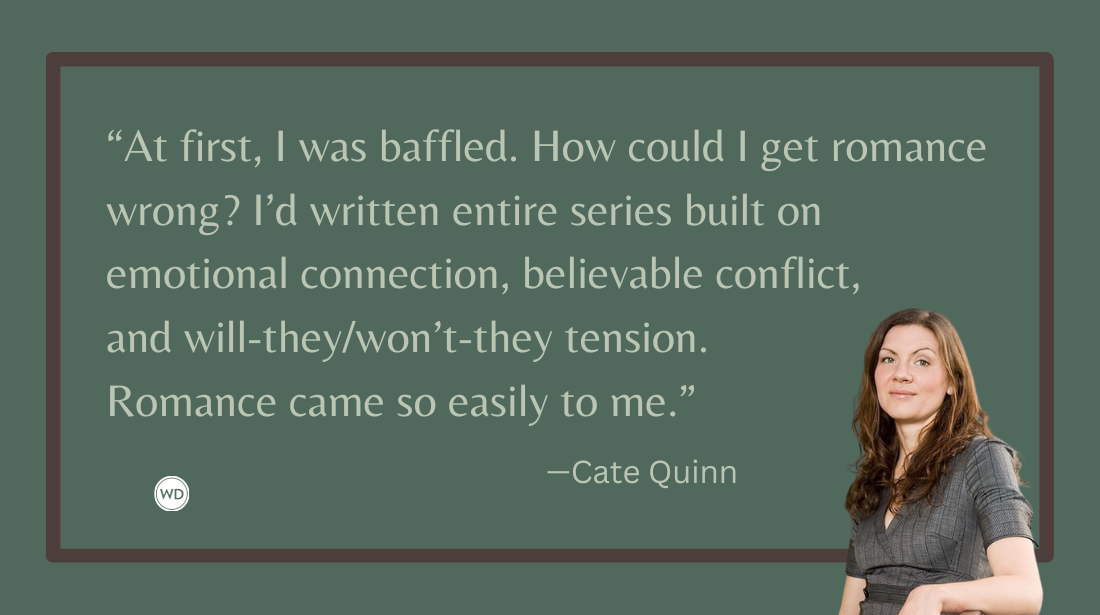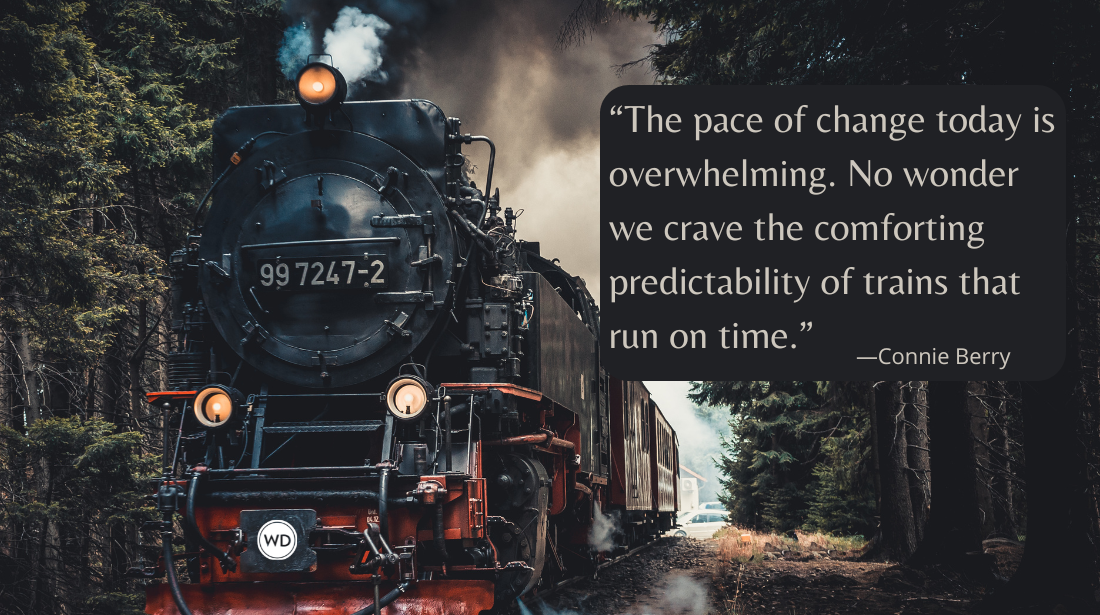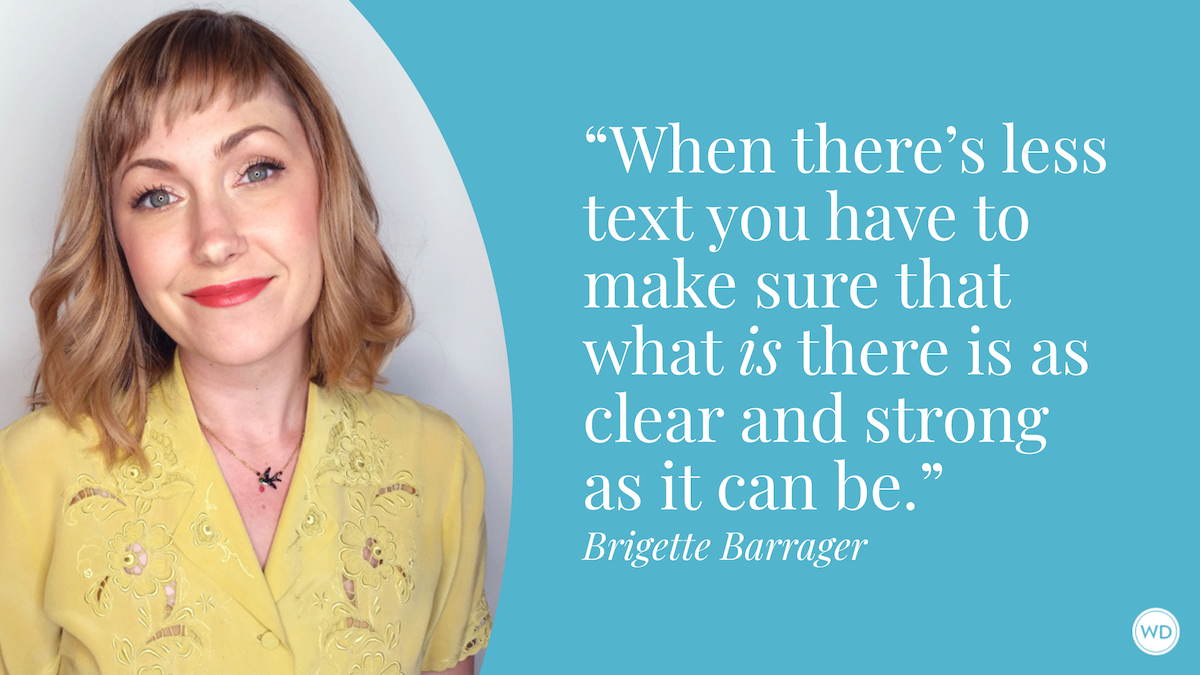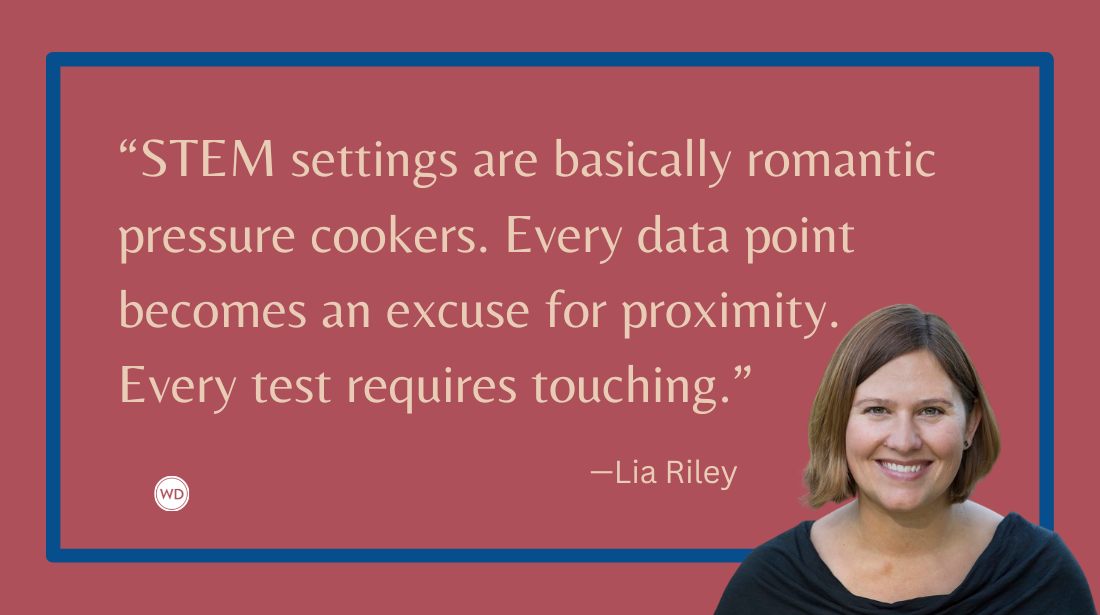Using Setting to Create Conflict in Fiction
Author Tanya Grant dives deep into the ins and outs of using setting to create conflict in fiction, including building plot and characters.
One of my humblebrags as an author is that I’ve somehow convinced Redfin that I’m a multimillionaire looking to add a picturesque mansion to my real estate portfolio. On a regular basis it suggests gorgeous buildings to me with price tags far exceeding my budget.
“Do you, perhaps, want to move to Portugal?” It asks. “How about this villa in France? Or this compound in the Hollywood hills?”
The eager algorithm sends me these listings not because I’m planning a move or have $5 million to spare, but because browsing real estate listings is a quick way for a writer to explore different settings that might serve as the perfect location for a story.
Every writer has different ways to enter a novel; some start with characters, others with a plot device or a thematic question that just won’t leave them alone. For me, setting is often the element that fully unlocks the big picture of a story and brings everything together. That’s because setting isn’t just a backdrop to story but its bedrock—the foundation that underlies everything from character to theme. It includes the physical location a story takes place, as well as the societal factors that drive culture and create systems of power. What’s more, setting is a dynamic force that you can use to advance a story’s plot, underscore its theme, and challenge your characters.
Using setting to advance plot
External conflict arises when a character struggles against an outside force like nature, society, technology, or other characters—many of which are intertwined with where and when a story takes place.
In some narratives, setting is the main antagonist. Environmental disasters like earthquakes and tornadoes can force characters to partner with unlikely allies and face their worst fears. Even when setting isn’t the main antagonist, it can create situations that move the plot forward, with culture, technology, and climate exerting pressure on characters.
Try escalating the conflict in your story by increasing the obstacles your characters must face. Are they snowed in without enough food? Yikes. What if they’re trapped with a killer? Now that’s dire, and while food’s the least of their problems, the pressure’s still there, adding a ticking clock to the characters’ escape.
Ask yourself:
- How do location, culture, and power systems influence my story? How can setting become setup for the story?
- How can I use setting to make the dominoes tip over, where one problem leads to the next?
- Can I use setting to create a ticking clock?
Using setting to challenge characters
One of the most rewarding parts of reading a story is watching a character change (or not!) in response to challenges. Though setting is an external force, you can use it to enhance internal conflicts and illuminate your characters.
A character’s reaction to the setting can tell a lot about their journey. Do they start out uncomfortable and grow more comfortable over time? Or does the setting trick them into a sense of false security before throwing a wrench in all their plans?
Making your characters physically unsteady can open the door for them to become emotionally vulnerable. Have a character who’s reluctant to face their problems? One who always wants to run away? If they suddenly can’t flee from their issues, they’ll be forced to acknowledge and confront them, leading to change.
Try using setting to influence a character’s proximity and relationship to other characters, or use it to put a character’s goals—whether physical or emotional—just out of reach.
Thrillers and action stories often take advantage of setting to create physical challenges for characters, but the pressures setting can enact aren’t limited by genre. Consider a small-town romance between two rival bakers. What would happen if one of their bakeries floods and they’re forced to share a kitchen? Or perhaps you’re writing a second-chance romance where two exes are stuck on a trip together. What if—I beg of you—what if there’s only one bed? It’s not so easy to run away from each other and their pasts anymore, now is it?
Ask yourself:
- What is my character’s flaw or false belief?
- How can the setting challenge my character to confront their false belief?
- How does my character feel about the setting? Does that change over time?
Using setting to underscore theme
You can use setting to highlight your story’s themes, by either creating a mirror or a contrast between a location and the story’s central question. A haunted gothic manor is a prime example of how a location can reflect a story’s themes—like isolation, decay, and the supernatural—all while creating an atmosphere of dread.
Meanwhile, a crime committed in the most luxurious location can feel just as unnerving as one committed in a crumbling manor. Here, the contrast between the violence and the pristine location can make the act seem that much more monstrous, highlighting themes of class, morality, and power.
In addition to setting the tone for a story, the location can make characters directly confront the thematic question. If Jurassic Park’s fences held and a storm didn’t trap the characters on Isla Nubar, the characters wouldn’t have been forced to battle with the story’s theme of whether man can truly control nature—and whether we should.
Ask yourself:
- What is my story’s central theme?
- What setting best illuminates the theme?
- How can the setting force characters to grapple with the thematic question?
Getting started
If you’re not sure where your story should take place, experiment by putting your characters in new locations and seeing how they react. Then, consider which of those settings best challenge the characters and illuminate the story’s themes.
Need inspiration?
- Browse real estate, hotel, and vacation rental listings. Or, use a map’s street view to get the feeling of physically moving through a location. What do you encounter? Is there anything that might surprise your character or present unexpected obstacles?
- Consider reverse-engineering a location. If there are details you’d like to include in a story, research where those elements can be found.
- Make a mood board to capture the big picture. Any images that evoke your story are fair game, but be sure to include some location details as well. Even if you’re writing sci-fi or fantasy, you can often find real-life inspiration to help you envision your world.
- After you’ve chosen a setting, make sure to include sensory details in your writing to bring the location to life.
Bringing everything together
While setting can dramatically shape your story, it’s important to remember that the building blocks of story also influence each other. As you write or revise your story, use setting to inspire connections between your plot, characters, and theme. When you make the setting an active and interconnected part of the story, you’ll set the stage for natural conflicts and character growth.
And as a bonus? You too might fool a real estate website into thinking you’re moving to a haunted castle on the English moors.
Check out Tanya Grant's Made You Look here:
(WD uses affiliate links)



